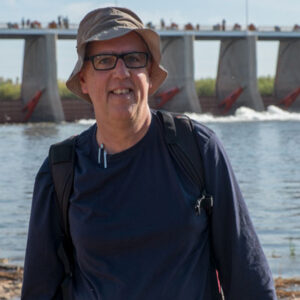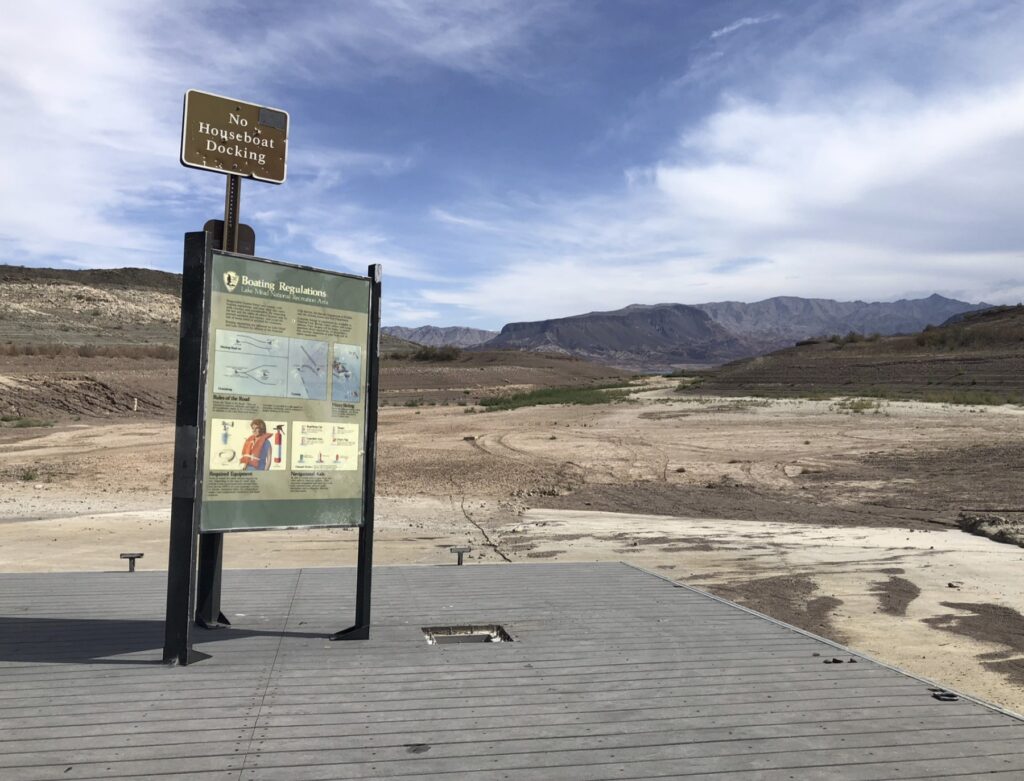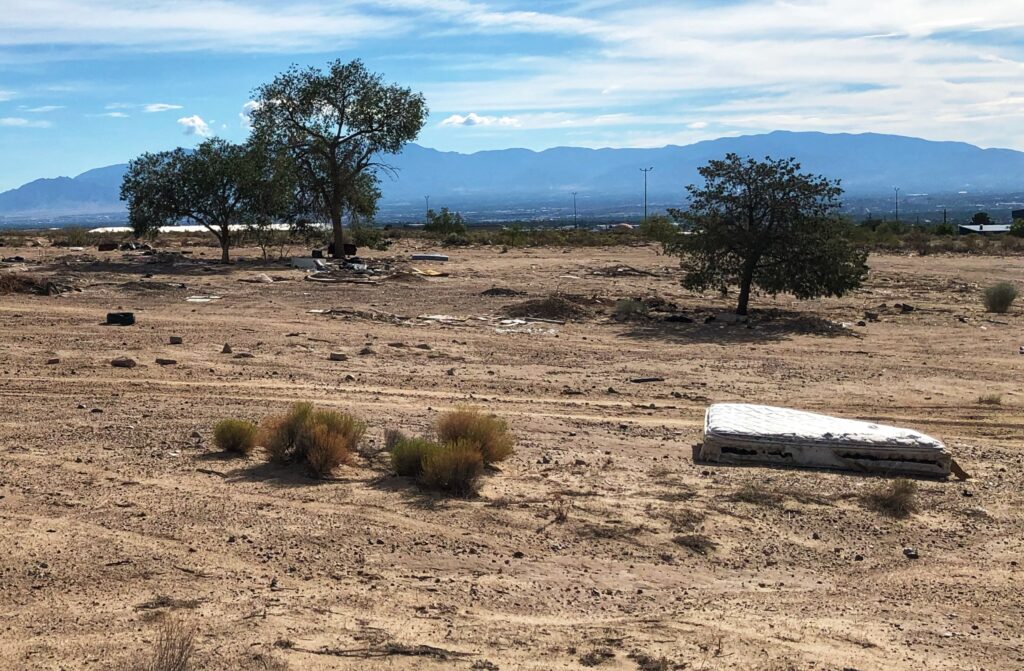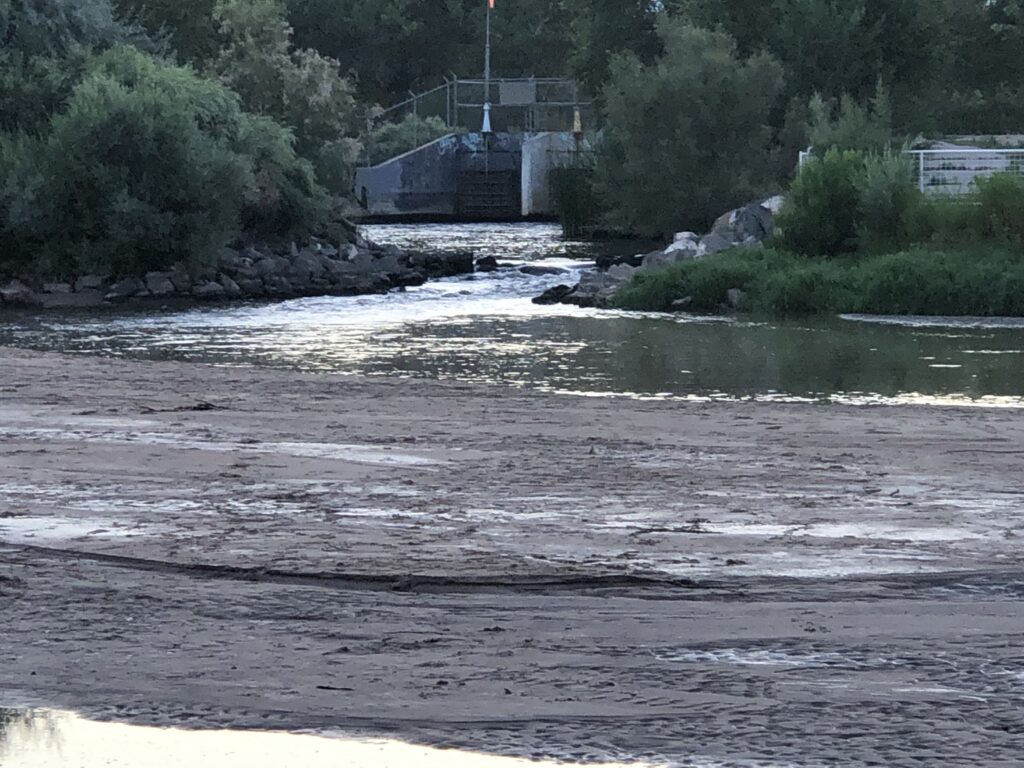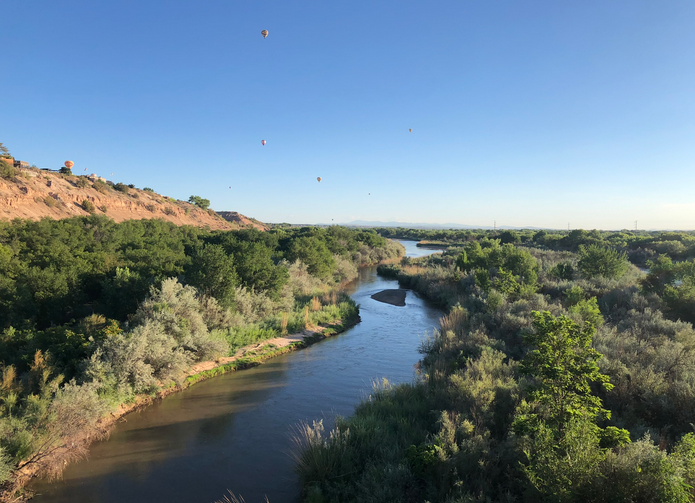Doing the usual just-in-time tweaking of the fall class (like my old artist friend from L.A. who made a living scraping and painting freighters while they shipped up and down the West Coast), I’m updating the course’s Colorado River module.
I’d never actually pulled together a bibliography of my own stuff. Books, academic literature, significant grey literature, and one significant newspaper piece. Some of it’s Wonky and Important, some Breezy and Readable, a couple of things that I’m extraordinarily proud of (the books) I think managed to be both.
It’d cruel to make ’em read it all, some of this is pretty dense. But there’s some good stuff in here!
2016
Fleck, John. Water is for fighting over: And other myths about water in the west. Island Press, 2016.
Fleck, J. (2016). High tech desert: the great decoupling of the west’s water. The Breakthrough Journal, Summer 2016, 6.
2019
Kuhn, Eric, and John Fleck. “The Upper Basin, Lower Basin, and Mexico: Coexisting on the Post-2026 Colorado River.” Science Be Dammed Working Paper Series 2 (2019).
Fleck, John, et al. “The Evolution of Our Understanding of the Natural Flow of the Colorado River at Lee’s Ferry and its Importance to Critical Development Decisions.” Science Be Dammed Working Paper Series 2019-01 (2019).
Castle, Anne, and John Fleck. “The risk of curtailment under the Colorado River compact.” Available at SSRN 3483654 (2019).
Kuhn, Eric, and John Fleck. Science be dammed: How ignoring inconvenient science drained the Colorado River. University of Arizona Press, 2019.
2020
Jones, Benjamin A., and John Fleck. “Shrinking lakes, air pollution, and human health: Evidence from California’s Salton Sea.” Science of the Total Environment 712 (2020): 136490.
Fleck, John, and Brad Udall. “Managing Colorado river risk.” Science 372.6545 (2021): 885-885.
2021
Fleck, John, and Anne Castle. “Green light for adaptive policies on the Colorado River.” Water 14.1 (2021): 2.
2022
Kuhn, Eric, and John Fleck. ““The Consequences of the Compact Remains with Us”: Challenges and Opportunities for the Colorado River Upper Basin.” Available at SSRN 4094375 (2022).
2023
Fleck, John, and Eric Kuhn. “An Historical Perspective on the Accounting for Evaporation and System Losses in the Lower Colorado River Basin.” Science Be Dammed Working Paper 4 (2023).
Fleck, John. “California Wants to Keep (Most of) the Colorado River for Itself.” New York Times, Feb. 23, 2023.

